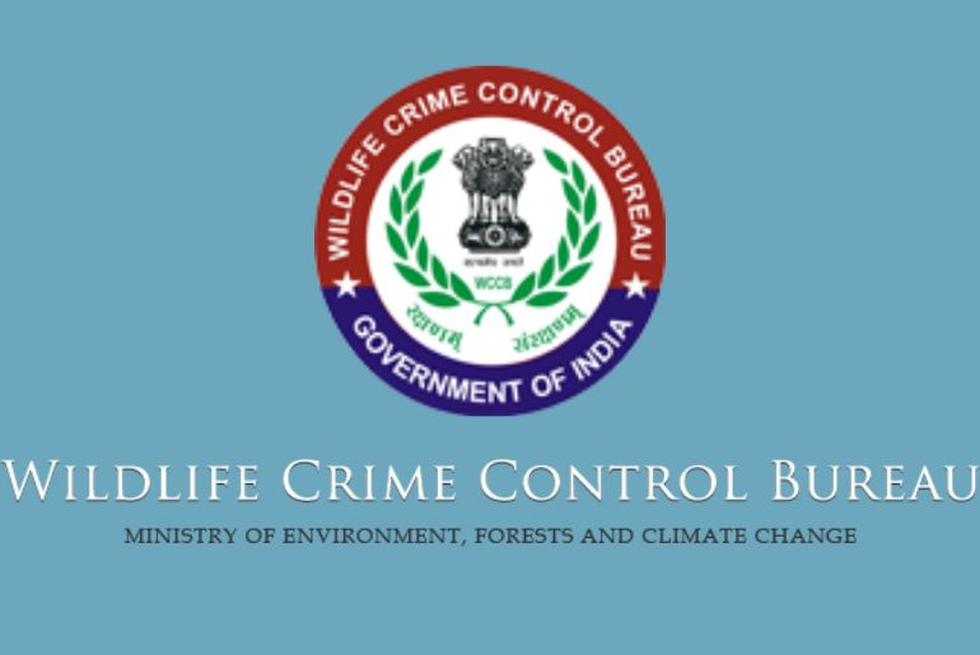The Wildlife Crime Control Bureau (WCCB), under the Ministry of Environment, Forest, and Climate Change, has formed a team to investigate the mysterious deaths of ten elephants in the Bandhavgarh Tiger Reserve, Madhya Pradesh. This independent inquiry aims to uncover the circumstances surrounding this tragic event.
State Government’s Response
The Madhya Pradesh State Government has established a five-member committee to conduct its own investigation and report findings to the government. This committee is led by the Additional Principal Chief Conservator of Forests (APCCF) specializing in wildlife. It includes members from civil society, scientific backgrounds, and veterinary expertise. Additionally, the State Tiger Strike Force (STSF) is also involved in the investigation, conducting thorough examinations of the forests and surrounding villages.
On-Site Investigation
The Principal Chief Conservator of Forests and Chief Wildlife Warden of Madhya Pradesh is actively overseeing the inquiry and related actions in Bandhavgarh. Furthermore, the Additional Director General of Forests (Project Tiger & Elephant) and the Member Secretary of the National Tiger Conservation Authority, along with the Additional Inspector General (AIG) from Nagpur, have visited the site to discuss potential causes of the elephants’ deaths with state officials.
Preliminary Findings
Initial reports from Madhya Pradesh officials suggest that the elephants may have died from poisoning. A definitive cause will only be determined following a thorough investigation, which will include detailed postmortem examinations, histopathological and toxicological analyses, and additional corroborative evidence. To prevent future incidents, state officials are enhancing monitoring of other elephant herds within and around the Bandhavgarh Reserve.
Incident Details
On October 29, 2024, patrolling staff in Bandhavgarh discovered four dead elephants in the Salkhania beats of Pataur and Khiatuli ranges. Following this discovery, six more elephants were found in a sick or unconscious state nearby. Local veterinary officers and field staff began administering treatment, aided by veterinarians from the School of Wildlife Forensic and Health (SWFH). The expertise of Dr. A. B. Srivastava, a retired head of SWFH, was also enlisted, along with input from veterinarians at the Wildlife Institute of India (WII) in Dehradun.
Despite ongoing treatment, four of the sick elephants died on October 30, 2024, followed by the remaining two succumbing on October 31, 2024. Among the ten deceased elephants, one was male and nine were female, with six being juvenile or subadult and four classified as adults. It has been reported that a herd of thirteen elephants had raided local Kodo millet crops prior to these events.
Postmortem and Sample Analysis
A team of fourteen veterinarians conducted postmortems on the ten elephants. The viscera samples were sent to the Indian Veterinary Research Institute (IVRI) in Izzatnagar, Bareilly, and the Forensic Science Laboratory (FSL) in Sagar for toxicological and histopathological investigations on November 1, 2024. Blood and other samples were dispatched to SWFH on October 30, 2024, where initial treatments indicated the potential presence of toxins.
Multiple-Choice Questions (MCQs):
- What organization has formed a team to investigate the elephant deaths in Bandhavgarh Tiger Reserve?
A) Wildlife Institute of India (WII)
B) Wildlife Crime Control Bureau (WCCB)
C) National Tiger Conservation Authority (NTCA)
D) Madhya Pradesh Forest Department
Answer: B) Wildlife Crime Control Bureau (WCCB) - Who leads the five-member committee constituted by the Madhya Pradesh State Government?
A) Chief Wildlife Warden
B) Additional Principal Chief Conservator of Forests (APCCF)
C) Additional Director General of Forests
D) Head of State Tiger Strike Force
Answer: B) Additional Principal Chief Conservator of Forests (APCCF) - What is the preliminary suspicion regarding the cause of death of the elephants?
A) Disease outbreak
B) Poisoning
C) Drought conditions
D) Natural causes
Answer: B) Poisoning - How many veterinarians were involved in the postmortem of the ten elephants?
A) 10
B) 12
C) 14
D) 16
Answer: C) 14 - What crop did the herd of elephants reportedly raid before their deaths?
A) Wheat
B) Rice
C) Kodo millet
D) Maize
Answer: C) Kodo millet
